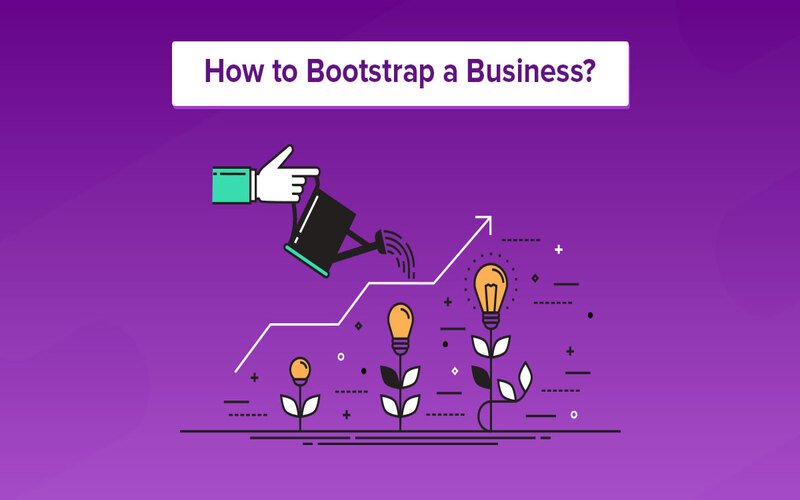Bootstrapping: Unlocking the Potential of Developing Consumer Tech Products Without VC Funding. In the fast-paced world of technology startups, securing venture capital (VC) funding has long been perceived as crucial for developing and launching consumer tech products. However, there is a growing realization that VC funding is not the only path to success. Bootstrapping, self-funding, or using minimal external resources has emerged as a viable alternative for startups looking to develop innovative products without relying on traditional funding sources. In this article, we will explore the concept of bootstrapping and how it can unlock the potential of developing consumer tech products without VC funding.
The Changing Landscape of Startup Funding
Traditional venture capital funding has dominated the startup ecosystem, providing capital to fuel growth and innovation. However, the dynamics of startup funding have evolved in recent years. Global venture funding has declined, increasing competition for limited VC investments. In this environment, startups may find it challenging to secure funding for unproven products that lack a track record of success. This shift has allowed bootstrapping to emerge as an alternative approach to developing consumer tech products.
Seizing the Market Downturn as an Opportunity
The current market downturn presents a unique opportunity for startups to embrace bootstrapping. Instead of solely focusing on securing external funding, startups can use this time to concentrate on revenue generation and building products that customers are willing to pay for. By shifting the emphasis from seeking VC funding to revenue generation, startups can establish a sustainable business model that lays a solid foundation for growth.
The Success Story of NordVPN: A Lesson in Bootstrapping
The success story of NordVPN serves as an excellent example of how bootstrapping can lead to the development of a successful consumer tech product. Nord Security co-CEO and co-founder Tom Okman emphasize the importance of doubling down on a key product focus and developing a competitive advantage through attention to detail. NordVPN’s strategy involved educating users about the importance of VPNs and building a product that addressed functional and emotional needs. This approach resulted in the establishment of customer loyalty and high retention rates, positioning NordVPN as a leader in the VPN market.
The Advantages of Bootstrapping for Consumer Tech Product Development
Bootstrapping offers several advantages for startups aiming to develop consumer tech products:
- Independence and Control
By relying on self-funding or minimal external resources, startups retain full control over their product development process and decision-making. This independence allows for greater flexibility and agility in responding to market demands and adjusting the product roadmap accordingly.
- Focus on Customer Needs
Bootstrapping compels startups to prioritize revenue generation and build products customers are willing to pay for. This customer-centric approach ensures that the product addresses real pain points and delivers tangible value, increasing the likelihood of market acceptance and success.
- Resource Optimization
With limited resources, bootstrapped startups must adopt a resource-optimization mindset. This often leads to creative solutions, lean operations, and a strong focus on efficiency. By making every resource count, startups can maximize their chances of success while minimizing unnecessary expenditures.
Conclusion
In a landscape where securing VC funding is becoming increasingly challenging, bootstrapping has emerged as a viable alternative for startups looking to develop consumer tech products. By seizing the market downturn as an opportunity to focus on revenue generation, startups can lay a solid foundation for growth. The success story of NordVPN exemplifies the potential of bootstrapping and emphasizes the importance of a customer-centric approach and attention to detail. Through bootstrapping, startups can retain independence and control, focus on customer needs, and optimize resource allocation while developing innovative and successful consumer tech products.



































